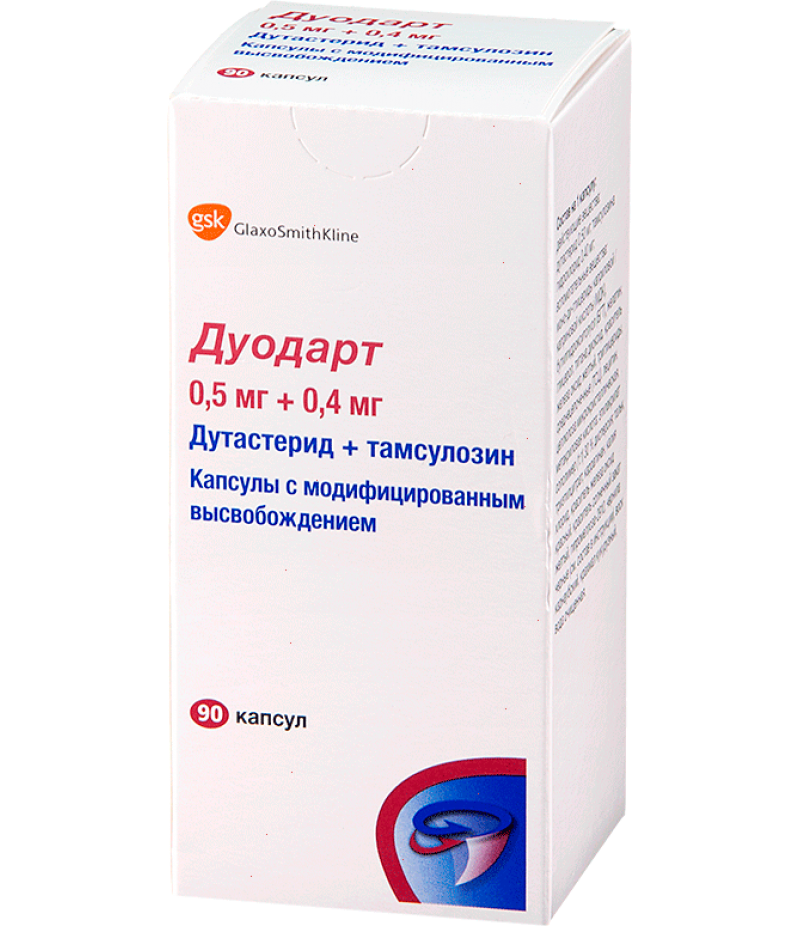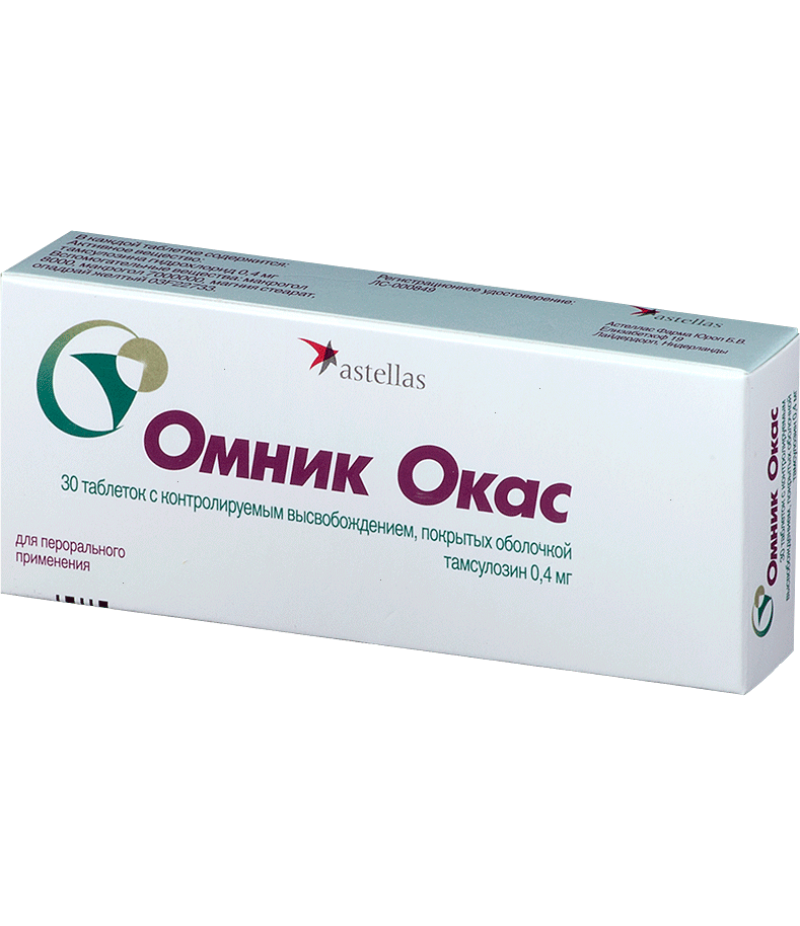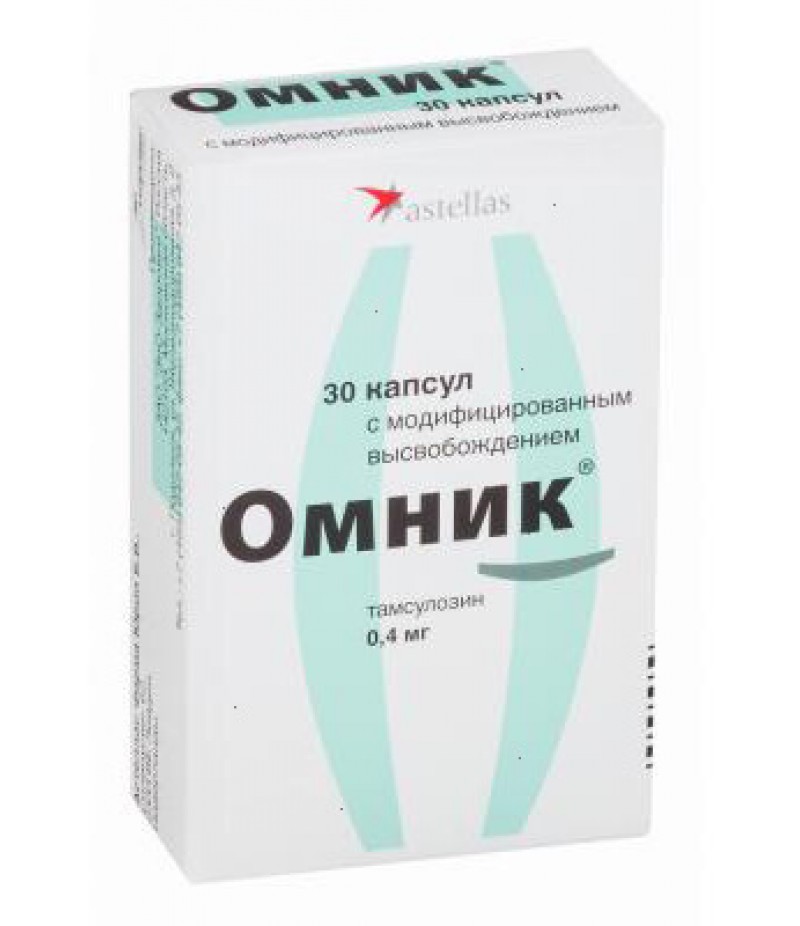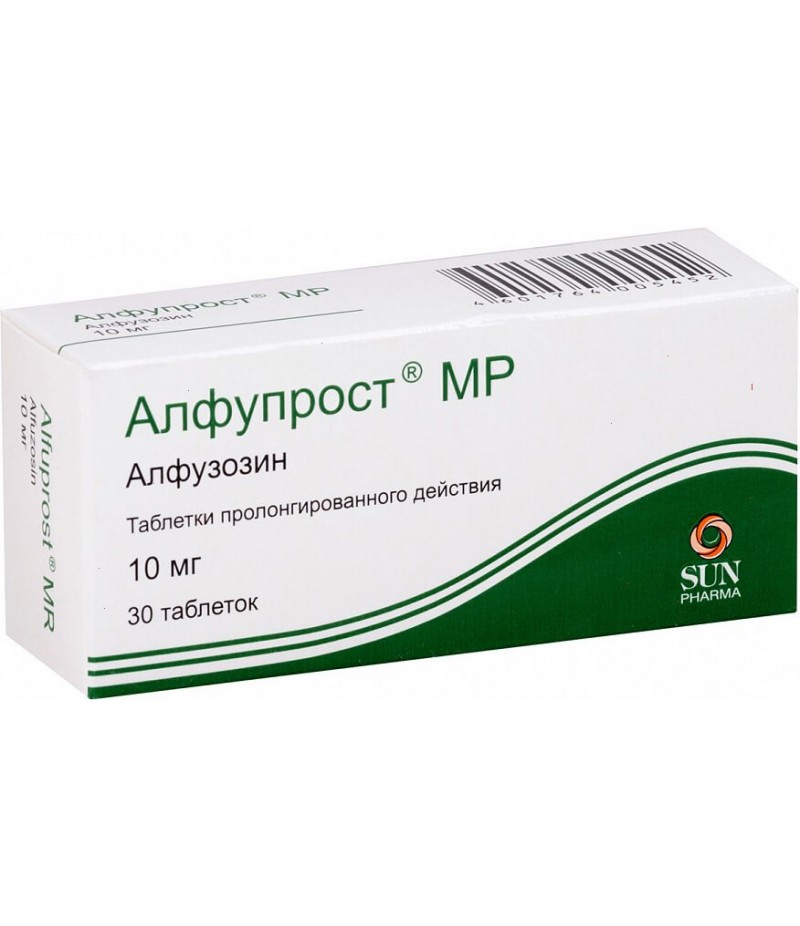Duodart caps 0.5mg + 0.4mg #90
- $156.74
- 2 or more $155.80
- 3 or more $154.90
- Availability:In Stock
Duodart – Dual-Action Capsules for Enlarged Prostate Combines dutasteride and tamsulosin to tackle benign prostatic hyperplasia (BPH) Helps reduce prostate size and improve urine flow Rel..
Tags: caps
Duodart – Dual-Action Capsules for Enlarged Prostate
- Combines dutasteride and tamsulosin to tackle benign prostatic hyperplasia (BPH)
- Helps reduce prostate size and improve urine flow
- Relieves both obstructive and irritative urinary symptoms
- Reduces the risk of acute urinary retention and need for surgery
- Easy once-daily oral capsule
Order Duodart today for fast, worldwide shipping — no prescription required.
What is Duodart?
Duodart is a prescription-free medication combining two active ingredients: dutasteride (0.5 mg) and tamsulosin hydrochloride (0.4 mg). This combination works to relieve symptoms caused by benign prostatic hyperplasia (BPH), commonly known as an enlarged prostate.
How Does Duodart Work?
Dutasteride reduces the production of dihydrotestosterone (DHT), a hormone responsible for prostate gland enlargement. This helps shrink the prostate over time, improving urinary symptoms and reducing the risk of urinary retention and surgery.
Tamsulosin relaxes the muscles in the prostate and bladder neck, easing urine flow and reducing symptoms like urgency, frequency, and difficulty starting urination.
Who Should Use Duodart?
- Men diagnosed with benign prostatic hyperplasia (BPH)
- Those experiencing urinary symptoms such as weak stream, frequent urination, or difficulty emptying the bladder
- Men aiming to lower the risk of acute urinary retention or needing prostate surgery
Composition
Each capsule contains:
- Dutasteride 0.5 mg
- Tamsulosin hydrochloride 0.4 mg
Additional non-active ingredients include caprylic acid monodiglycerides, gelatin, glycerin, titanium dioxide, and others to ensure capsule stability and effectiveness.
How to Take Duodart
Take one capsule daily, preferably 30 minutes after the same meal each day. Swallow the capsule whole without chewing or opening it to avoid irritation.
Important Safety Information
Duodart is not suitable for women or children. It is contraindicated in cases of severe liver failure, orthostatic hypotension history, planned cataract surgery, and known allergies to its components.
Men using Duodart should have regular prostate check-ups, including PSA tests, as the medication affects PSA levels.
Consult your doctor if you experience dizziness, fainting, or any unusual side effects. Use caution if you have mild to moderate liver problems.
Possible Side Effects
- Dizziness or lightheadedness, especially when standing up quickly
- Sexual side effects such as decreased libido or ejaculation problems
- Breast tenderness or enlargement
- Rare allergic reactions
Storage
Store Duodart capsules at room temperature, away from moisture and heat. Keep out of reach of children.
Additional Advice
Women and children should avoid contact with broken capsules as dutasteride can be absorbed through the skin and may cause harm.
If you have upcoming cataract surgery, inform your ophthalmologist if you are taking Duodart, as it may affect the procedure.
Order Duodart Online
Buy Duodart easily and discreetly with fast worldwide delivery — no prescription needed. Take control of your prostate health today.






